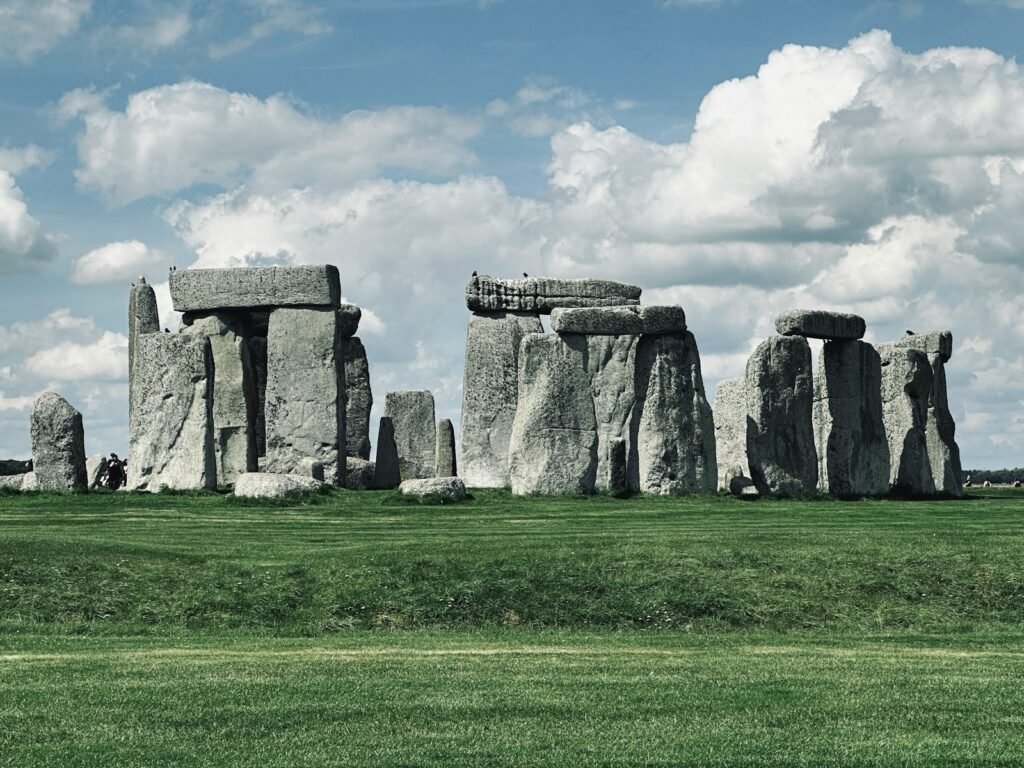Every year, the sky keeps an appointment our ancestors set in stone. At dawn or dusk, light slices along ancient corridors, crawls up carved stairways, and fires the hearts of chambers built thousands of years ago. Archaeologists call this archaeoastronomy; I just call it the moment when time blinks. These alignments aren’t accidents or pretty coincidences – they are precise solutions to a cosmic puzzle, engineered with rock, horizon, and patience. And as new tools peel back layers of weathering and myth, the story turns from wonder to evidence.
Why It Matters
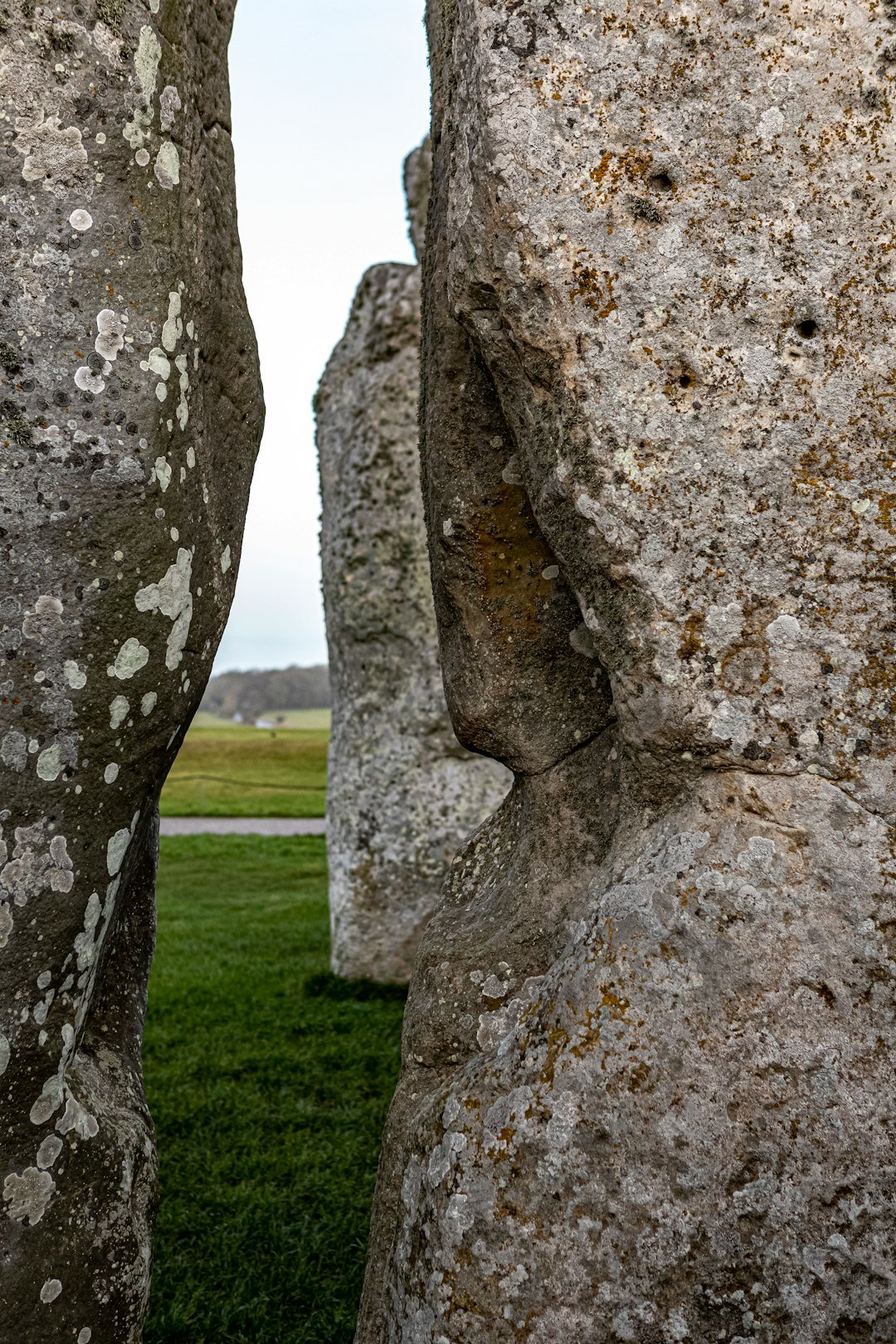
Here’s the hook: when sunlight hits a stone exactly where people wanted it to – centuries after they’re gone – that’s proof of design as sharp as any modern survey. These monuments are calendars you can walk inside, blending ritual with practical timekeeping for farming, feasting, and power. They tell us that communities tracked seasons not just with stars overhead but with architecture underfoot, anchoring the sky to the ground. Each alignment is a data point in a deep-time record of observation, debate, and trial-and-error. In a world that often treats ancient people as mysterious, these sites show them as engineers and skywatchers with long memories.
Compared with texts that can be lost or rewritten, sunlight on stone is hard to fake. And unlike isolated artifacts, alignments reveal how entire landscapes – hills, rivers, and horizon notches – were folded into a culture’s sense of time.
Stonehenge’s Solstice Axis, England
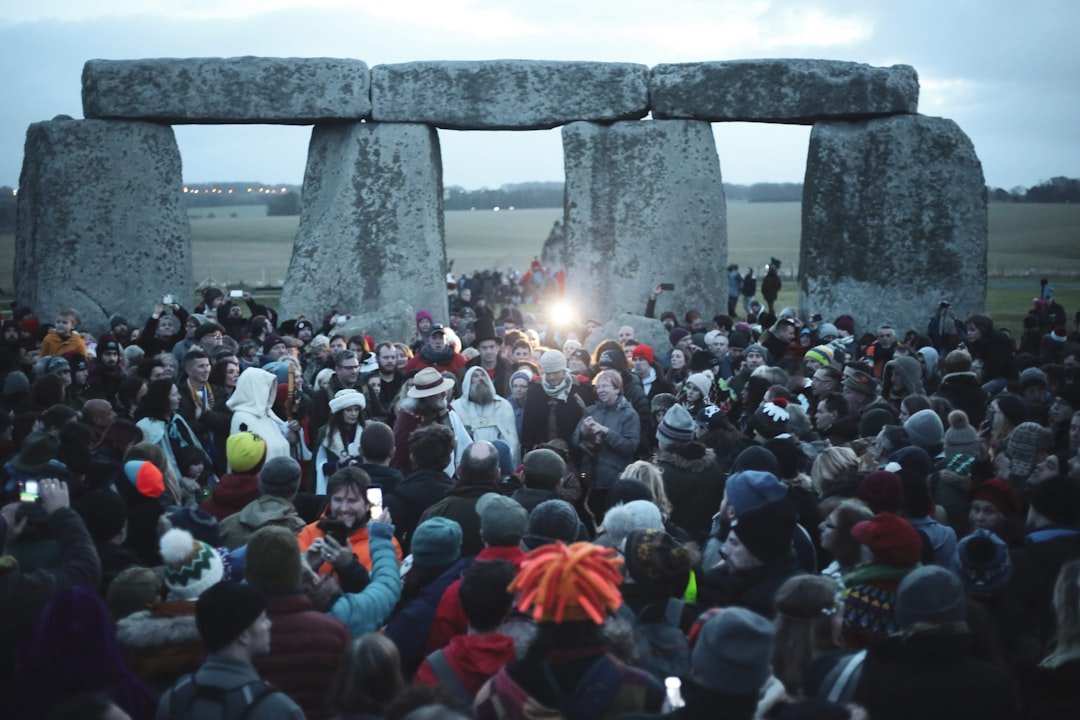
Stonehenge is famous for a reason: the monument’s main axis points toward the summer solstice sunrise and winter solstice sunset, a pairing that bookends the agricultural year. Stand near the center in late June and the sun lifts along the line of the avenue; return in December and it sets in the mirror direction. That duality speaks to renewal and return, a cycle trusted enough to be carved in megalith. The stones are big, but the engineering trick is subtle – an alignment held in the narrow angle between two horizon points. It’s a reminder that accuracy can live in simplicity.
Modern surveys confirm the precision despite centuries of weathering and rearrangement. The effect still lands because the builders aimed at the sky’s most stable seasonal markers – the solstices – rather than shifting stars.
Newgrange’s Winter Sun, Ireland
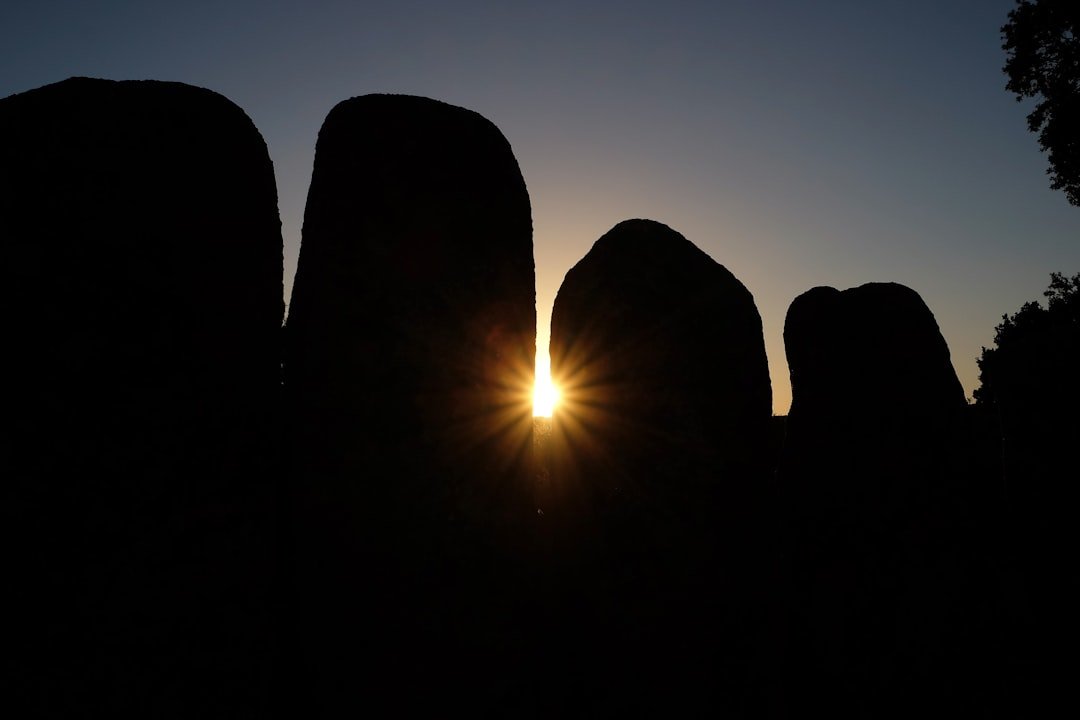
At Newgrange, a Stone Age passage tomb older than the pyramids, midwinter sunrise slides through a small “roof box” and spills along the floor to ignite the inner chamber. I still remember stepping inside on a dim morning and feeling the chill snap as the space brightened, like someone turning a key. The beam lasts only minutes, a narrow window earned by careful siting and construction. It’s a light show you don’t watch; you inhabit it. The design turns the darkest days into a controlled spark of hope.
Newgrange proves that fine-tuned alignments can survive five thousand winters. The event ties sky and ceremony to a single dramatic moment, a predictable promise at the coldest edge of the year.
Fajada Butte’s Sun Dagger, Chaco Canyon, New Mexico
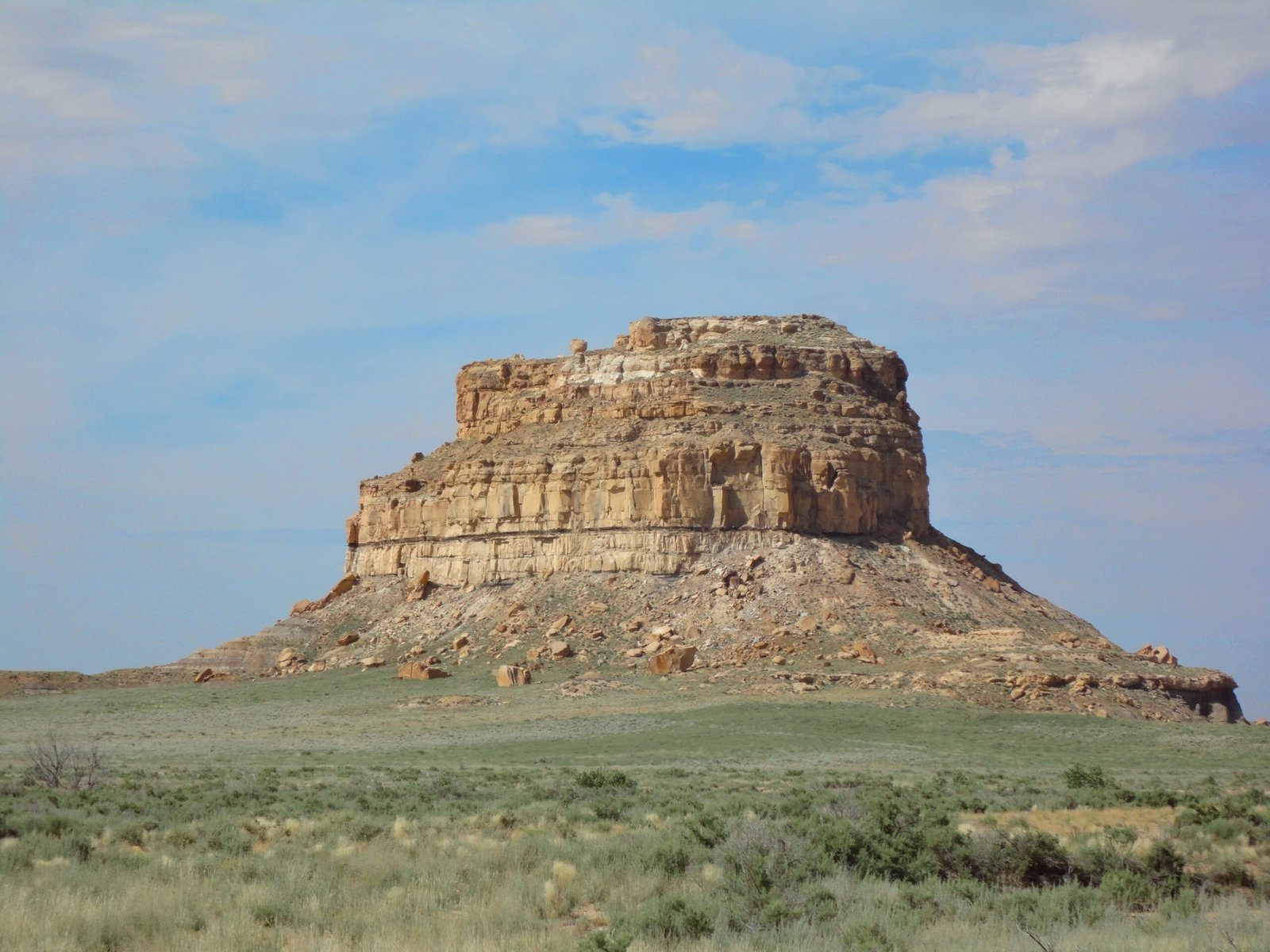
High on Fajada Butte, thin slabs of rock cast “daggers” of light that cross spiral petroglyphs at solstices and equinoxes. The choreography is precise: as the year turns, the sun’s path shifts and the light slices move with it, marking seasonal boundaries. Documented in the late twentieth century, the phenomenon links Chacoan culture to a broader pattern of Southwestern skywatching. It’s not a vast stone circle but a refined, cliffside instrument sculpted by nature and nudged by people. The message is the same: time has a place.
Because the rock slabs are fragile, access is restricted and the display has changed, but the underlying insight remains. Even where architecture is minimal, a landscape can become a calendar with a few well-placed stones and a patient eye.
El Castillo’s Serpent of Light, Chichén Itzá, Mexico
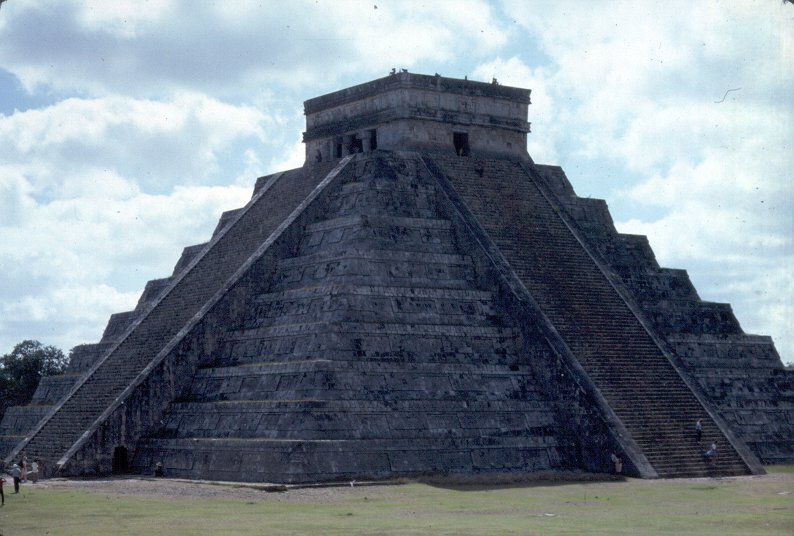
On afternoons near the spring and autumn equinoxes, shadows on El Castillo’s staircase step down like a serpent, connecting the pyramid’s top platform to a carved serpent head at its base. The spectacle draws crowds, but beneath the drama is a brilliant manipulation of geometry and seasonal light. The builders tuned angles, stair profiles, and corner edges to summon a moving pattern right on schedule. It’s theater powered by the sun, staged with limestone and sky. A stair count evokes the length of a solar year, turning the pyramid into both monument and timekeeper.
The effect underscores how Maya architects bound cosmic cycles to civic life. A public shadow that appears “on cue” is a powerful way to align communities with the calendar.
Machu Picchu’s Sun Windows, Peru
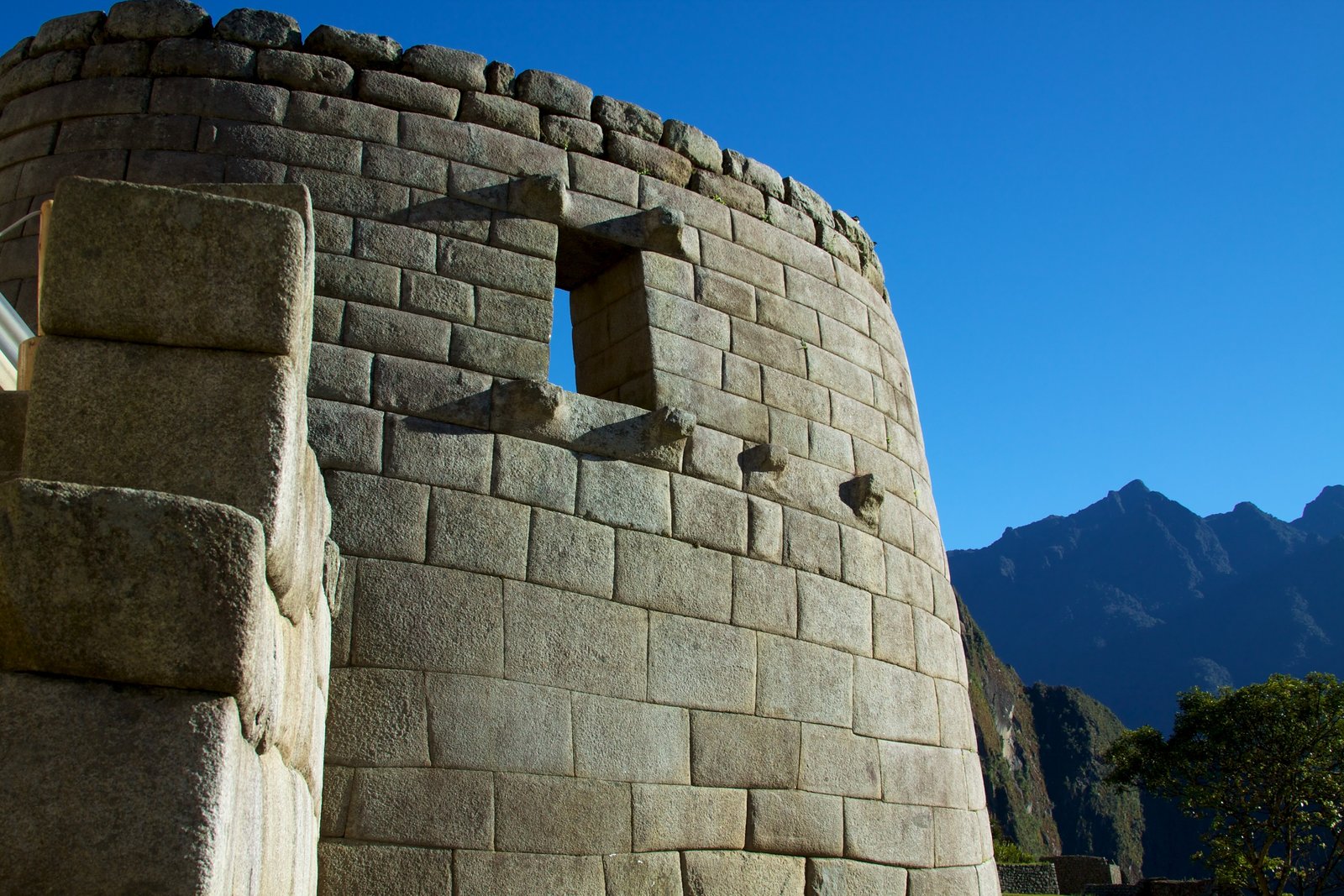
At Machu Picchu, windows in the Temple of the Sun and the Intimachay cave frame solstice sunrises with striking precision. The June sun lines up with one opening; the December sun takes the other, bracketing the mountain city’s year. These are not casual cutouts but sightlines stitched to a skyline of sharp peaks. In thick morning air, the beams feel surgical, trimming light to fit stone and season. The alignments worked without metal instruments, relying on patient observation and a horizon that doubles as a ruler.
Here, astronomy is embedded in ritual and terrain. The Incas used the very bones of the Andes as measuring tools, tying celestial timing to the lifeways of high-altitude agriculture.
Karnak’s Solar Corridor, Egypt
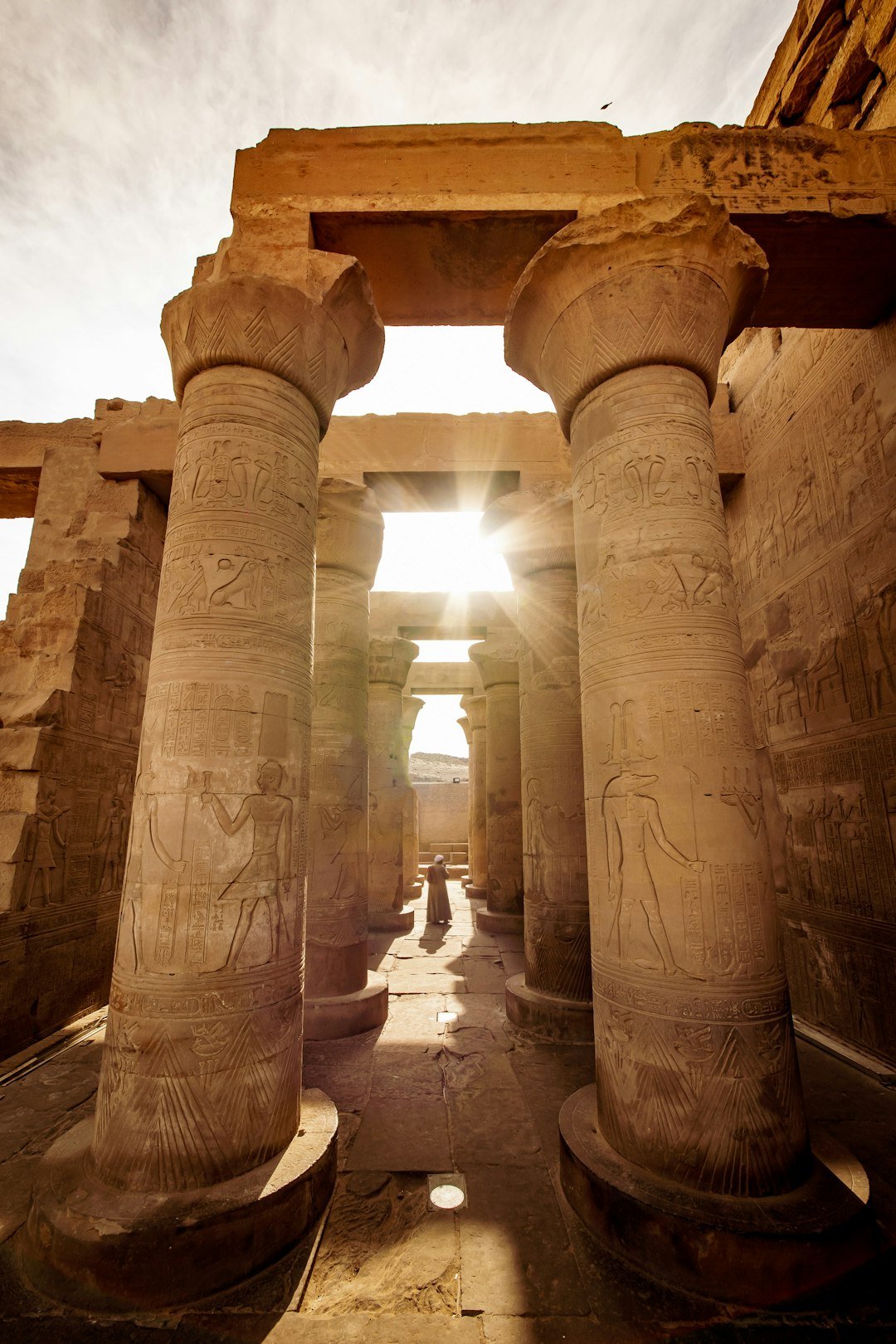
At Luxor, the Temple of Amun-Re at Karnak reveals a solar secret each winter solstice. At sunrise, light shoots down the temple’s main axis and floods the sanctuary, turning thick stone and shadow into a luminous corridor. The effect is architectural sleight of hand: a long, narrow line aimed at a single day, strong enough to survive centuries of rebuilding. Even amid columns tall as trees, the star of the show is a sunbeam that knows the way. It’s ceremony by design, pinned to the year’s turning point.
Choosing a solstice target offered stability across generations. When rulers and styles changed, that sunrise stayed faithful, an anchor for a temple complex that kept growing.
From Ancient Tools to Modern Science
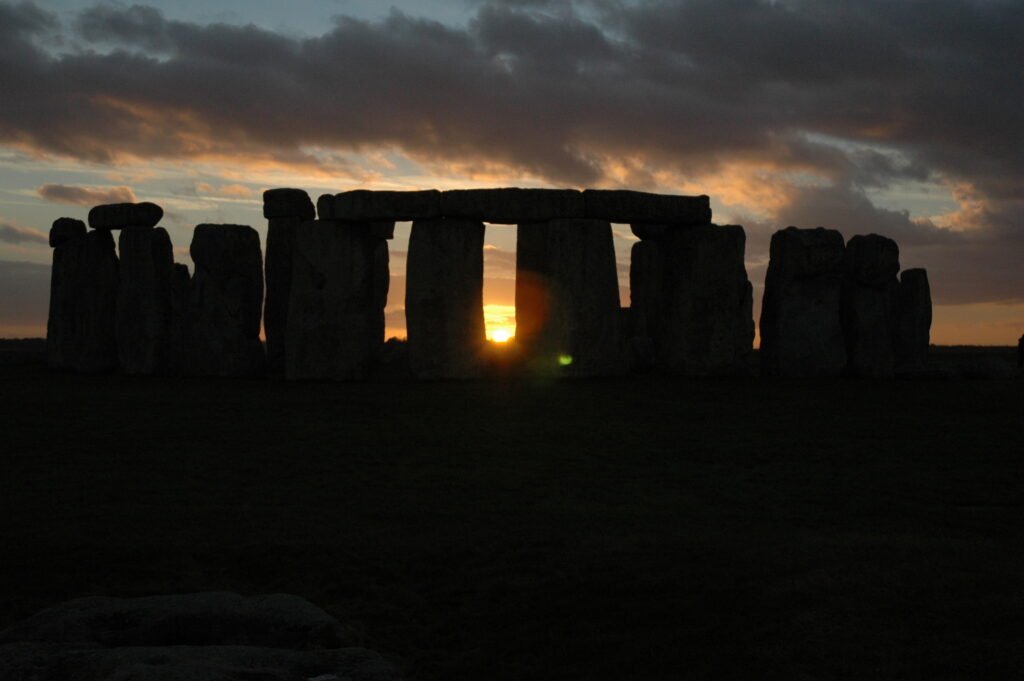
From Ancient Tools to Modern Science (image credits: Wikimedia)
How do we know these alignments aren’t coincidence? Researchers map azimuths with compasses, theodolites, drones, and GPS, then compare them with the sun’s and moon’s positions for specific dates in the past. They correct for horizon altitude, atmospheric refraction, and long-term changes like axial precession. Statistical models test whether a site’s orientation clusters around meaningful celestial targets more than random chance would allow. Patterns across regions and cultures – solstices, equinoxes, lunar standstills – strengthen the case. The result is a toolkit that treats temples as instruments and valleys as observatories.
New methods keep sharpening the picture. LiDAR peels back vegetation, revealing buried alignments; 3D scans preserve sightlines; and open datasets let independent teams verify claims from their desks.
The Future Landscape

Tomorrow’s breakthroughs may come from pairing satellite imagery with machine learning to flag likely alignments across entire continents. As climate stress erodes surfaces and shifts dunes, remote monitoring will become less luxury and more necessity. Light pollution also threatens experience and evidence; bright horizons can blur the very events these sites were built to frame. Preservation will require policy as much as tech, from dark-sky protections to controlled visitor flows. The goal is not just to save stones, but to save the sky those stones were aimed at.
Expect more surprises, too: forgotten sightlines rediscovered, or subtle lunar targets confirmed as archives and algorithms converge. The past is big, and we’ve only measured a few corners of it.
How You Can Help
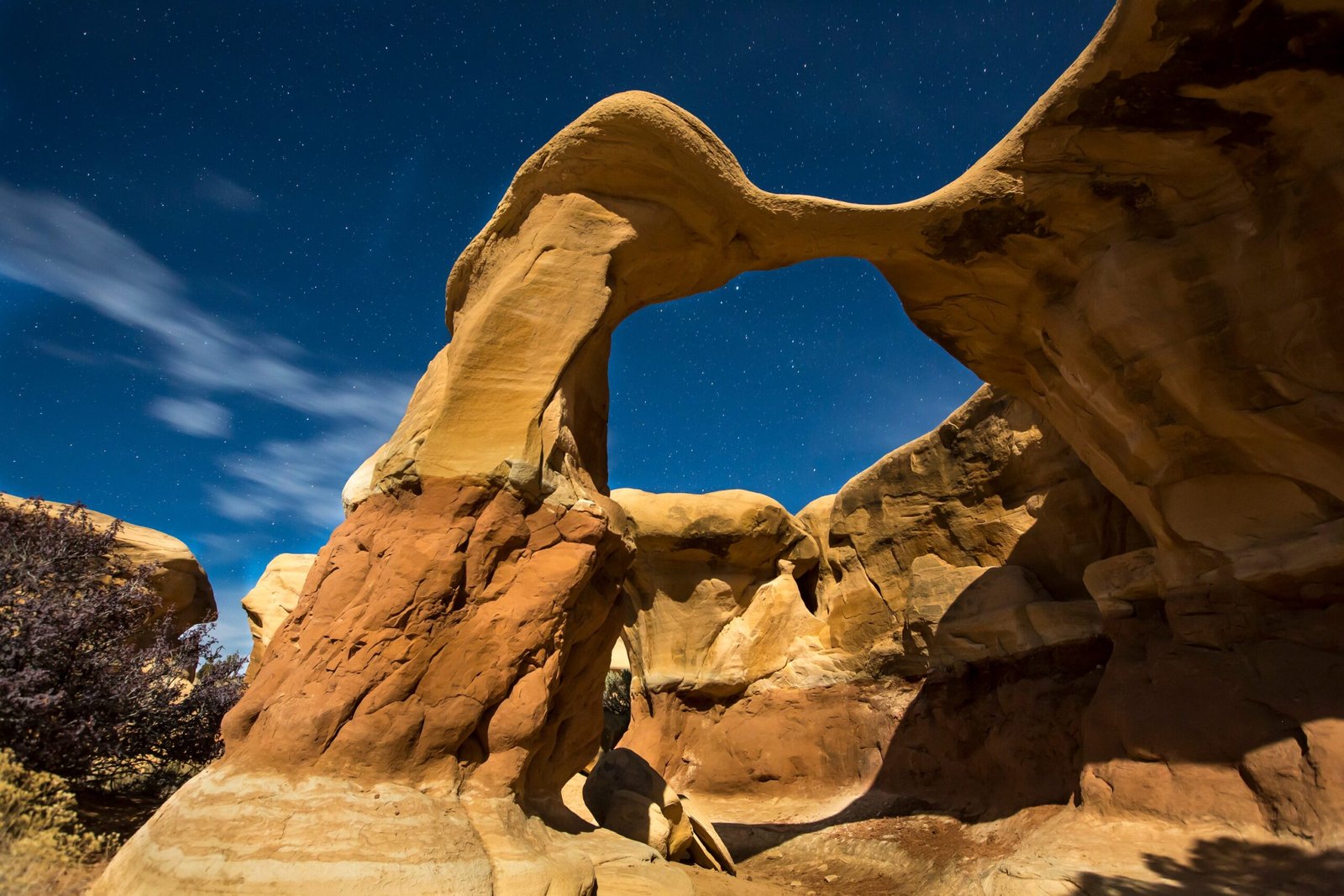
You don’t need a telescope to support this work. Consider planning visits during off-peak times and choosing guides who emphasize conservation and evidence over spectacle. Support local museums and research groups that document alignments with careful measurements rather than viral myths. Advocate for dark-sky ordinances in your community; protecting horizons helps both wildlife and heritage. And if you’re a photographer, share images responsibly – no drones over fragile sites, no lights that wash out the dawn.
Small habits add up. A quieter footprint today means the solstice will still find its target tomorrow.
Conclusion
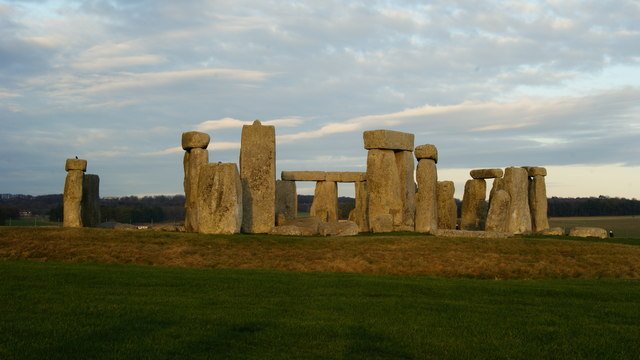
The throughline is simple and astonishing: people once wrote calendars with sunlight and stone, and those pages still turn. Each alignment is a meeting point – between sky and ground, past and present, precision and awe. I’ve stood in some of these places and felt the hair-on-the-neck mix of math and meaning. You don’t need to choose between wonder and evidence; these sites hand you both. The light arrives; the design holds; the story continues.
In an age of atomic clocks, it’s humbling that the oldest timekeepers still work. Which beam of sunlight would you chase first?

Suhail Ahmed is a passionate digital professional and nature enthusiast with over 8 years of experience in content strategy, SEO, web development, and digital operations. Alongside his freelance journey, Suhail actively contributes to nature and wildlife platforms like Discover Wildlife, where he channels his curiosity for the planet into engaging, educational storytelling.
With a strong background in managing digital ecosystems — from ecommerce stores and WordPress websites to social media and automation — Suhail merges technical precision with creative insight. His content reflects a rare balance: SEO-friendly yet deeply human, data-informed yet emotionally resonant.
Driven by a love for discovery and storytelling, Suhail believes in using digital platforms to amplify causes that matter — especially those protecting Earth’s biodiversity and inspiring sustainable living. Whether he’s managing online projects or crafting wildlife content, his goal remains the same: to inform, inspire, and leave a positive digital footprint.

